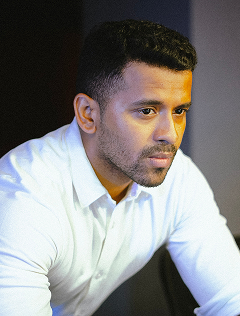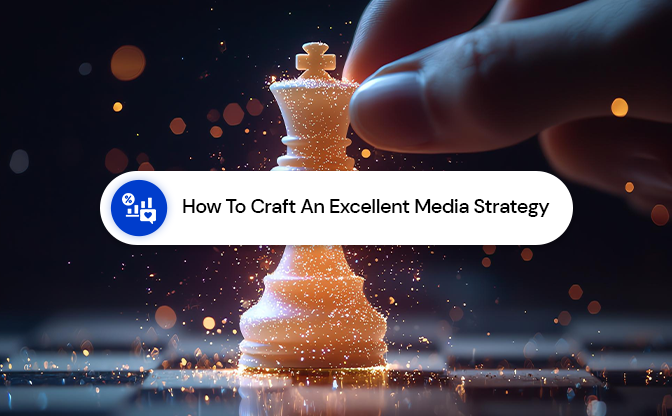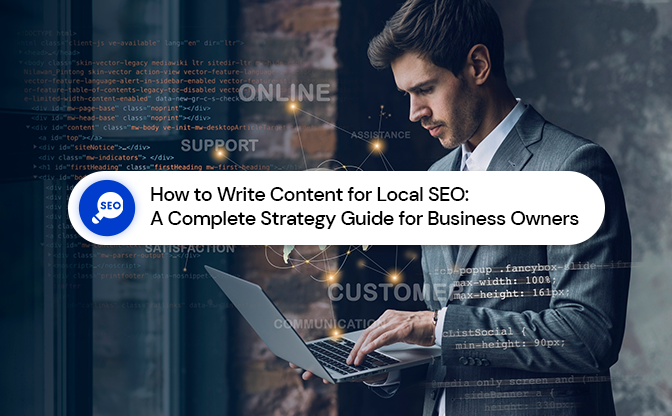A Step by Step Guide for Creating Media Strategy
A media strategy is like a plan of action that aids your business to acquire its target demographic and increase the overall rate of customer conversion. The customer conversion rate is the percentage of people who take the desired action after looking at your website or the other form of media which calls on them to take action. Sometimes these call to actions can be long-term, for example, subscribing to a newsletter. Therefore having a good media strategy in place is extremely crucial for any business.
What Is the Purpose of A Media Strategy?
The reason for creating a media strategy depends on what you want to accomplish by using it as different reasons require different approaches. However, if you have a thorough and specific strategy plan you can accomplish all the different business objectives. All media strategies have one approach when created; specific goals and demographics should be set. This is because a public service announcement will adopt a different media strategy than a strategy used to promote a movie. It is important that a media strategy has some combination of media to improve the frequency of the message. This is known as an integrated media plan. Achieving the perfect media strategy might be tricky and complicated which is why we have created a step-by-step guide of how to create a media strategy.
1. Research and Discern Your Target Demographic:
It is vital that you thoroughly research your target audience. This is because the more you learn about your target audience, the more effective your media strategy will be as you will target precisely the best places to get the most coverage. The things that you need to know about your audience are- on which media platform they spend their time, how they spend their time, and which media can be used to effectively reach the message to them. For example, if your product is garnered towards the teenage demographic it would be more effective to use a social media marketing strategy.
2. Set Your Objectives and Goals:
It is imperative to keep in mind the overall marketing objective when creating a media strategy. The objectives have to be measurable and specific. Make sure you are smart about it, i.e. use the SMART method.
- S: Specific
- M: Measurable
- A: Achievable
- R: Realistic
- T: Time-based
For example, if your goal is to make money, even though this can be measured, a specific goal would be to increase profits by 30% in Q2. By setting this goal you can create a timeline that will keep you on track.
3. Establish Your Marketing Budget:
This is an integral part of your media strategy as without a well-defined budget you might throw a lot of money at your planning strategy but will still not be able to achieve your goals. Defining your budget allows you to tink each of your strategies through and be more innovative in solving problems. This will also protect you from overspending or spending the resources that you don’t have. You can get a professional media planning and buying agency onboard who can help you achieve your goals with the optimum utilization of your funds.
4. Craft Your Message:
The message or the marketing proposition is the customer problem and how your business will solve it. You have to design your marketing proposition based on research about the target audience. Your media plan could have different messages for different objectives and tie them together ina theme. This marketing proposition can also include creating a clear identity and brand for your organisation. Your message has to be engaging, interesting and simple. It should have a call to action. Getting the key messages right is an ongoing process- and you may have to make changes throughout the process of creating your media strategy plan.
5. Create a Call to Action:
All the media that you create should clearly state what action you want your audience to take. It is essential that you are strategic about your call to action as it is the action that will bring the desired change.
These are the qualities of a good call to action:
- The action should be easy to carry out. If the action is difficult and complicated then most people will not participate even if they want to. This will make you lose a chunk of your target audience.
- The call to action must drive people to do something.
- It is crucial that the call to action has different levels of engagement.
6. Make Your Media- Choosing the Correct Format, Strategies, and Tools:
Media should be a method of accomplishing your goals and objectives by delivering your message and calling for action. You can decide your media format, tools, and strategies only after completing the aforementioned steps. After this you can decide the method of distribution of media i.e online, offline, or both. The following questions should be answered to make sure you choose the correct media format.
- What media format is popular among your target audience?
- Which media format can help you by best carrying your message?
- Whit media format will persuade people to take action?
Media formats can include print posters, audio podcasts, text messages, hoardings, banners, billboards and print posters. You can use a combination of these to spread your message. You need to identify a “best” approach to put your message across media. These approaches are called tactics. They help you address your target objectives and goals and communicate with your audience. The message has to be conveyed in accordance with the audience’s habits and interests.
7. Create a Timeline:
How effective your media campaign will be is largely dependent on its timing. The media should be released when the need for it is highest. It is important that at least a part of your media campaign is topical and relevant. For example, the media campaign by Amul always manages to be topical as they release it during key events and relate the events to butter using witty puns. It is crucial to consider the time period of your media strategy campaign when planning the timeline for your media production and distribution. An ideal timeline should include the period of planning and producing the media, a deadline for the media release, and should be realistic and achievable.
8. Learn from Your Results:
The best and most effective media strategies improve and evolve over time. One way to measure your results is through media impact indicators. These are the number of people who followed through on your call to action or the people who converted from the audience to customers. Sometimes you might get a good response to your campaign but may not make a good media impact. Therefore, measuring impact is extremely important. It helps you analyze the effectiveness of your media strategy plan. There are tools that you can use to collect data and analyze your online media outreach. If the strategy that you launch does not have the desired results, then it is imperative that you learn what you did wrong and how you can improve on it. This is why having a thorough account of your goals, objective, tactics, and measuring results are so important. It helps you have data handy for future media campaigns.
That concludes the step by step guide on how to create an effective media strategy. If you keep all these pointers in mind you will be able to create a good media strategy that helps grow your business. Creating this strategy can be complicated but if you are organized, do your research well, and have a clear idea of what you want to achieve and how to get there then your media strategy will give handsome results. We at Kerkar Media, as a leading digital marketing company in Mumbai, would love to execute effective campaigns and drive relevant results for your brand


















